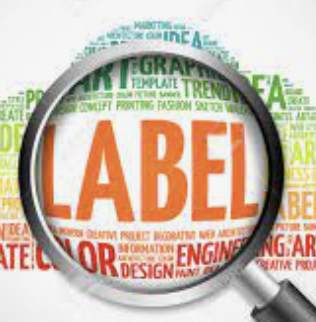We had boots on the ground again at the annual Beer Industry Summit and Wine & Spirits Daily Summit, held at The Breakers last month. Aside from soaking up some much-needed sun, we got to hear what the industry’s most innovative brands and minds are most excited about for the year ahead. This year, it all tilted to three things: RTDs, RTDs, and RTDs.
Whether from pioneering monoliths like White Claw, or fast growers like our client Loverboy, a lot of the panelist chatter kept going to the same place: the base, and does it matter? It is no small question, with the likes of malt-first White Claw’s upcoming dip into vodka being just one example of deck chairs getting rearranged in a category that’s predicted to grow 24% over the next five years, according to IWSR.
Putting route-to-market strategies and state-by-state retail differences aside (yes, of course they matter), our take after three days of debate: who cares? Ask Joe or Josephine Mix Pack what’s in those cans they just toted home from Total, and the last thing you’ll hear is “malt” or “a vodka base.” They pretty much don’t care what’s in there, nor should they, as long as it makes the taste grade and the brand makes them feel better about themselves. Alcohol is alcohol to an RTD cocktail or seltzer drinker, no matter how it’s made. High Noon got it right from the get-go, having it both ways by calling out the vodka in their “seltzers” right on the front of every can…something for everyone, and for anyone who even cares what’s inside.
There is one big exception, and that’s when it comes to RTDs with aged spirit bases. Whiskey is hard enough to get right to begin with, and trying to fake it in a can is nearly impossible. Our client Sagamore Spirit uses the same rye whiskey they put in their bottles in their canned craft cocktails, for the simple reason that even casual brown spirits fans can easily spot an impostor, unlike cocktails made from fermented sugar or wine that can easily mimic clear and even lightly aged spirits. Agave wine is proof of the latter.
So for us, the question isn’t does the base matter, but rather, when and to whom?
And for sure, other libations had their day in the Palm Beach sun. Here are three other takeaways from our time down at the Summits:
- Non-alc is no longer be on the periphery. It is here to stay and not just as a substitute for those who avoid alcohol altogether. It’s additive and complementary to those who regularly enjoy alcohol.
- Premiumization is endemic. While we may be drinking less, we are still drinking better, and will continue to, through all economies – and brands are taking note.
- Convergence isn’t slowing down… which had us thinking, next year, will it simply be called the Beverage Summit? (Harry, we’re available to consult on that question…)
